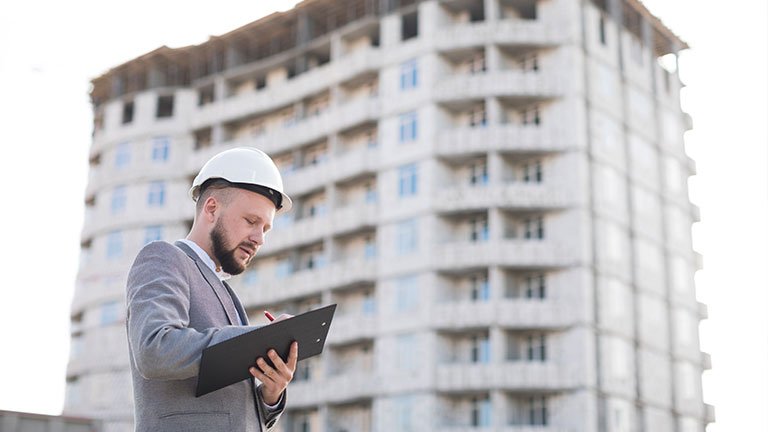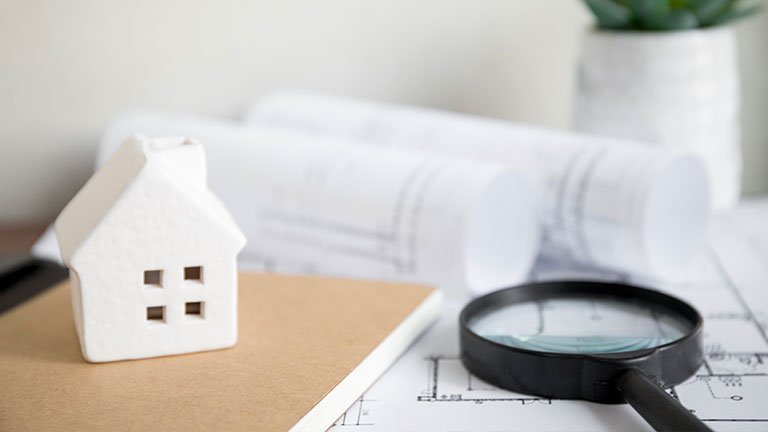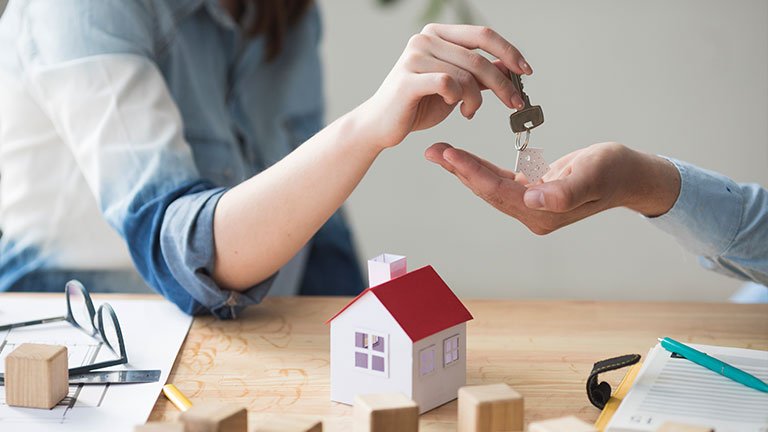As the world faces escalating impacts of climate change and environmental degradation, sustainable building design emerges as a key solution to mitigate these challenges. The future of architecture lies in integrating environmentally responsible and resource-efficient processes throughout a building’s life cycle, transforming how we perceive structures from passive elements to active participants in the global ecosystem.
With the building and construction sector accounting for nearly 40% of global energy-related carbon emissions, future buildings must prioritize energy efficiency. This entails optimizing energy use through advanced technologies and incorporating renewable sources like solar, wind, and geothermal energy. Net-zero energy buildings, which produce as much energy as they consume, will become the norm. Energy modeling software during the design phase ensures maximum efficiency upon operation.
Responsible material use is another crucial aspect of future building design. The construction industry’s reliance on high-cost materials like concrete and steel shifts towards eco-friendly alternatives like cross-laminated timber, recycled steel, and low-carbon concrete. Biophilic design, integrating natural elements such as wood, stone, and plants, promotes connections to nature and enhances physical and mental well-being.
Indoor environmental quality (IEQ) improvements are also paramount, ensuring good air quality, adequate ventilation, and natural light access to benefit occupants’ health and productivity. Non-toxic, low-emission materials reduce indoor pollution, creating healthier spaces. Designs promoting physical activity, such as open staircases and green spaces, are increasingly recognized for their health benefits.
Future building design adopts a more integrated approach to urban development, designing structures as part of a sustainable urban ecosystem rather than in isolation. Energy-sharing networks enable buildings to exchange excess energy from renewable sources, balancing energy demand and supply across neighborhoods and reducing fossil fuel reliance.
Circular economy principles, keeping materials in use for as long as possible, will significantly influence building design. Future buildings will be adaptable, disassemblable, and recyclable, ensuring materials can be easily reclaimed and reused in new construction projects, reducing waste, conserving resources, and minimizing environmental impacts.
As urbanization accelerates and cities face growing environmental issues, sustainable building design presents opportunities for transformation. Implementing sustainable practices at scale turns cities into innovation and sustainability hubs, addressing challenges like climate change and resource scarcity while shaping resilient, vibrant, and healthy communities for generations to come.
Frequently Asked Questions (FAQs)
A net-zero energy building is a structure designed and constructed to produce as much energy as it consumes over the course of a year. These buildings typically incorporate energy-efficient systems and renewable energy sources to achieve net-zero energy consumption.
Common renewable energy sources for residential buildings include solar, wind, and geothermal energy. Solar energy is harnessed using solar panels, wind energy is generated by wind turbines, and geothermal energy utilizes heat from the Earth’s subsurface to generate power.
Cross-laminated timber is a sustainable and versatile material that offers several benefits, including reduced carbon footprint, faster construction times, and improved structural performance compared to traditional building materials like concrete and steel.
Biophilic design integrates natural elements into the built environment, promoting a connection to nature and enhancing occupants’ physical and mental well-being. This design approach supports sustainability by encouraging the use of eco-friendly materials and creating green spaces that contribute to urban biodiversity and improve air quality.
The Bellevue Project is an excellent example of sustainable architecture principles in action. This initiative focuses on creating energy-efficient, eco-friendly buildings that promote well-being in urban design. By incorporating renewable energy sources, responsible material use, and prioritizing indoor environmental quality, the Bellevue Project demonstrates how sustainable architecture can contribute to a greener, healthier future.










